Review
Ford’s latest battery electric vehicle, the Explorer SUV, has finally arrived after franchisees faced a prolonged wait to get a mass-market electric car into Ford dealerships.
While it shares the same MEB platform as the Volkswagen ID.4 - courtesy of a partnership with the Volkswagen Group - Ford delayed its launch by nine months to incorporate newer battery technology. In June, Ford finally started mass production of the new all-electric Ford Explorer at its first dedicated electric vehicle (EV) facility in Europe following a $2 billion investment that has transformed a historic plant into a factory of the future in Cologne, Germany.
This decision appears to have paid off, as the Explorer now presents a strong contender in the electric SUV market, with little indication of its shared roots with Volkswagen models.
The Ford Explorer is available at launch with two powertrain options. The first is a single-motor rear-wheel drive variant equipped with a 77kWh (usable) battery, offering a WLTP range of 374 miles. The second option is a twin-motor all-wheel drive version with a slightly larger 79kWh (usable) battery, delivering a range of 329 miles.
Both of these models, described as "extended range," start at just under £46,000.
Later this year, Ford plans to introduce a lower priced affordable "standard range" variant. That version will feature a single-motor rear-wheel drive configuration and a smaller 52kWh (usable) battery, catering to customers seeking a lower-cost entry into electric driving.
The Explorer excels in both comfort and practicality, key attributes for any family SUV. Despite being only 2cm longer than a Ford Focus, the Explorer offers interior space more typical of a larger vehicle. Front and rear passengers are well accommodated, with particularly impressive legroom in the back. The cabin feels open and airy, an effect enhanced by cleverly designed windows in the C-pillars that appear solid from the outside but contribute to the light and spacious interior feel.
Storage is another strength of the Explorer, Andrew Ryan writes. In our road test we we stunned to find that beyond the usual door bins and cup holders, the cabin features a massive 17-litre storage bin between the front seats, dubbed the "megaconsole" by Ford.
Additionally, the 14.6-inch infotainment touchscreen can slide up and down, revealing a hidden and lockable compartment with two USB ports.
Though there are some visible signs of Ford’s collaboration with the Volkswagen Group—such as the familiar driver display unit, electric window switches, and haptic buttons on the steering wheel—these details are unlikely to concern most buyers.
Ford has done an admirable job in giving the Explorer its own distinct identity, making it feel like a true Ford product - it will not be the oddball in the Ford showroom.
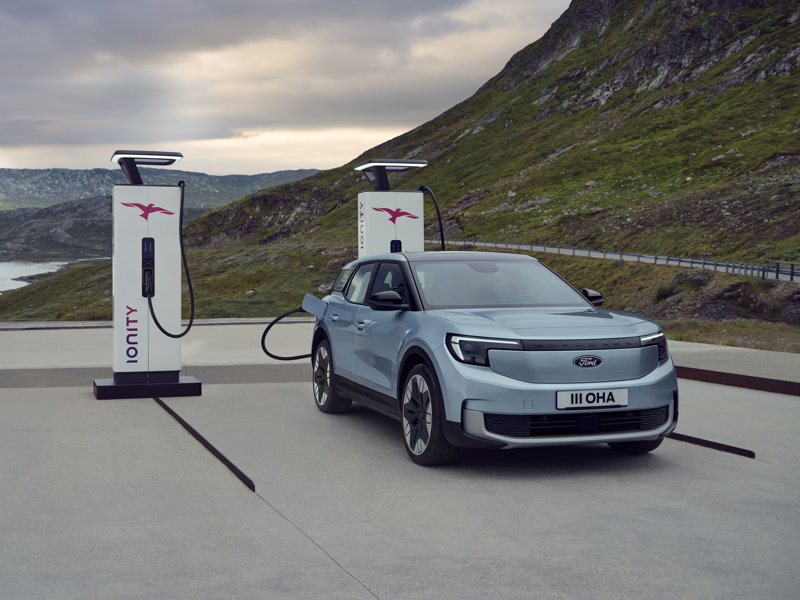 The Explorer also offers practical rear seating with a 60/40 split, providing a boot capacity of 445 litres when the seats are in place. This makes it a versatile choice for families who need ample cargo space.
The Explorer also offers practical rear seating with a 60/40 split, providing a boot capacity of 445 litres when the seats are in place. This makes it a versatile choice for families who need ample cargo space.
Inside, the Explorer’s cabin is dominated by a centrally-mounted 14.6-inch infotainment touchscreen. This screen is not only large but also versatile, capable of moving through an arc of 30 degrees to allow drivers to adjust it to their preferred position. While the screen resolution is crisp, the interface could benefit from larger icons to make it easier to operate while driving. Fortunately, the system offers customization options, allowing drivers to pin shortcuts to their most-used functions on the home page.
Standard equipment on the Explorer is generous. The Select trim includes 19-inch alloy wheels, heated front seats with a massage function for the driver, a heated steering wheel, and wireless phone charging.
The Premium trim adds a 10-speaker B&O sound system and upgrades the headlights to dynamic matrix LED with glare-free high beam. Optional extras are limited but include a panoramic roof and a driver assist pack, which adds features like a hands-free tailgate, head-up display, 360-degree camera, and assisted lane change technology.
Safety is also a priority for the Explorer, which comes with more than 15 driver-assist technologies as standard. These include intelligent adaptive cruise control with stop and go functionality and Clear Exit Warning, designed to prevent passengers from opening doors into the path of oncoming cyclists.
 Ford has a well-earned reputation for building cars that are enjoyable to drive, and the Explorer is no exception. Despite sharing its underpinnings with Volkswagen models, Ford has made several modifications, including tweaks to the suspension system, electronic stability control (ESC), and specially designed tyres.
Ford has a well-earned reputation for building cars that are enjoyable to drive, and the Explorer is no exception. Despite sharing its underpinnings with Volkswagen models, Ford has made several modifications, including tweaks to the suspension system, electronic stability control (ESC), and specially designed tyres.
The result is an electric SUV that handles with agility and precision, offering a refined driving experience. While it may not reach the same dynamic heights as Ford’s Fiesta or Focus, I found that the Explorer remains impressively composed for its class.
Both powertrain options deliver strong performance. The rear-wheel drive model, powered by a 286PS motor, can accelerate from 0-62mph in 6.4 seconds. The all-wheel drive variant, with its 340PS motor, is even quicker, achieving the same sprint in just 5.3 seconds.
In terms of efficiency, the rear-wheel drive model impressed during tests, achieving 3.63 miles per kWh even with brisk driving, suggesting a real-world range of over 300 miles is achievable. Charging times are also competitive: the rear-wheel drive model, with its 135kW onboard DC charger, can charge from 10-80% in just 28 minutes, while the all-wheel drive version, with a 185kW DC charger, takes around 26 minutes for the same.
Overall, the Ford Explorer represents a strong entry into the electric SUV market, combining comfort, practicality, and a rewarding driving experience. With its competitive pricing and range of features, it’s poised to be a popular choice for families seeking a versatile and efficient electric vehicle.
An award-winning journalist and editor, with two decades of experience covering the motor retail industry, and accredited by the Institute of Leadership and Management (ILM) plus the National Council for the Training of Journalist (NCTJ)
As editor of AM since 2016, Tim is responsible for its media content, planning and production across AM's multiple channels, including the website, digital reports, webinars, social media and the editorial content of AM's events, Automotive Management Live and the AM Awards. His focus is on interviewing senior leaders of franchised dealer groups and motor manufacturer national sales companies to examine latest developments in UK motor retail.




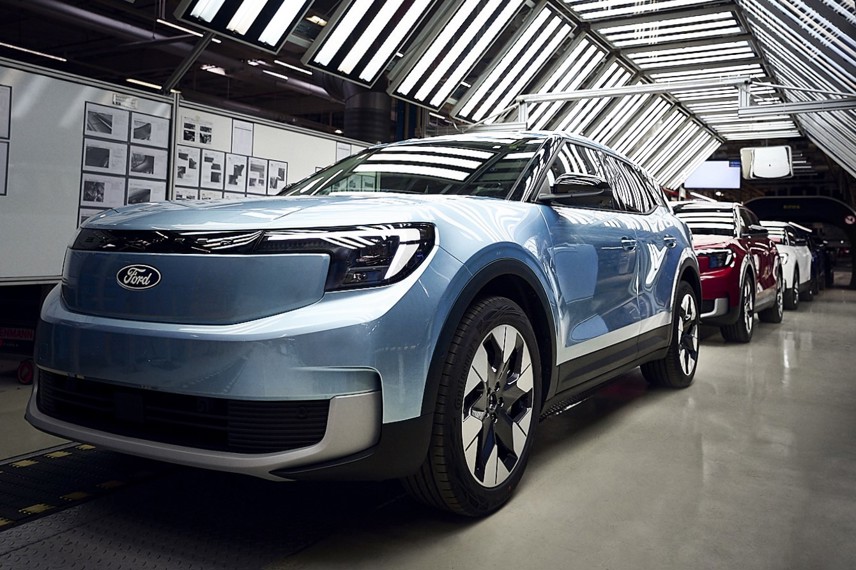
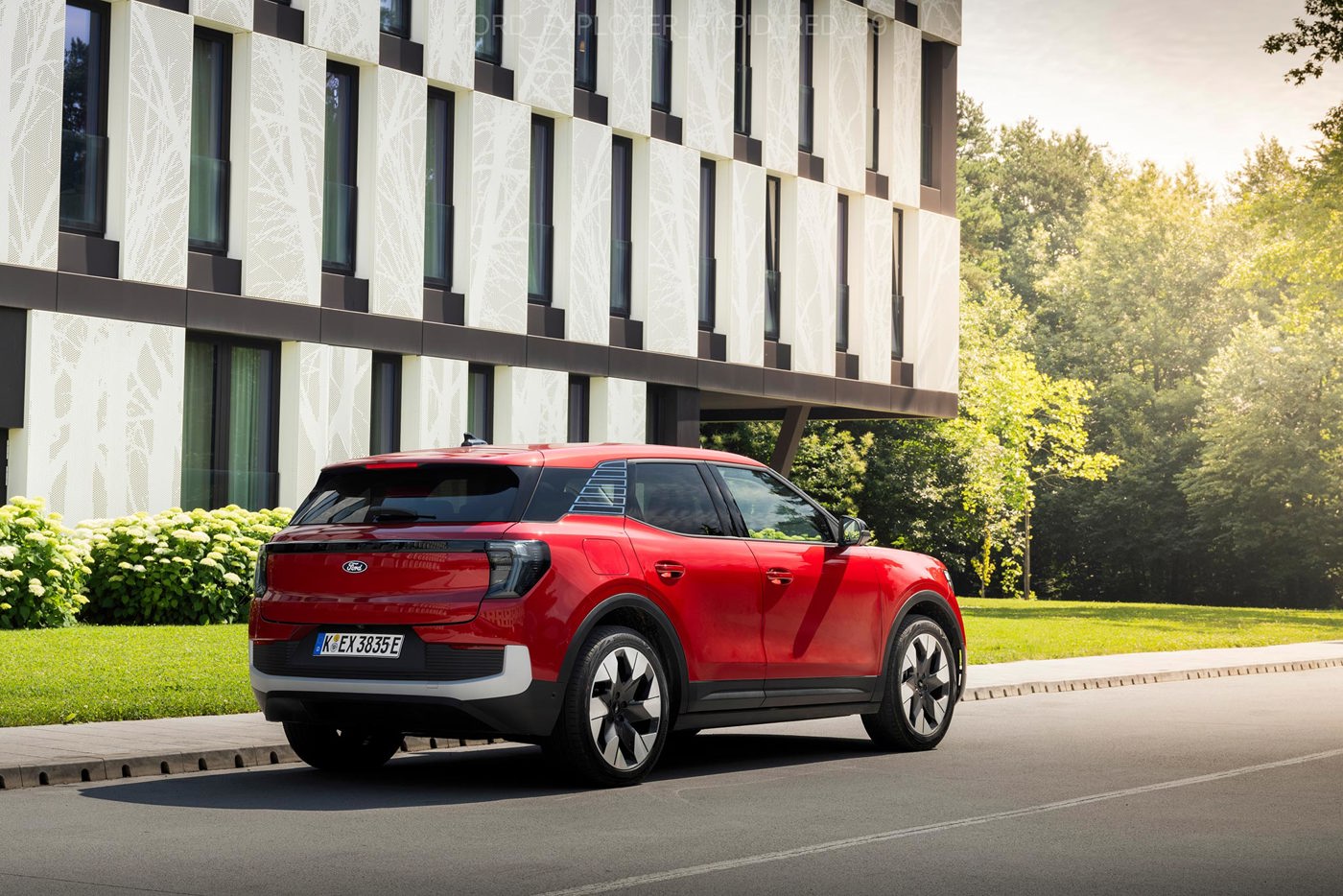

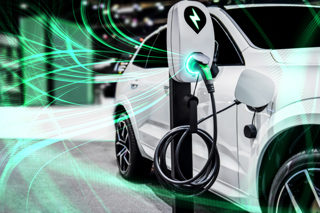
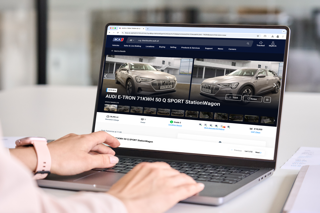
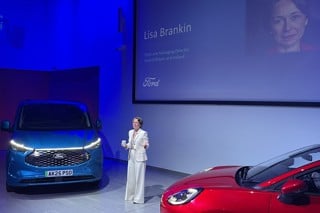
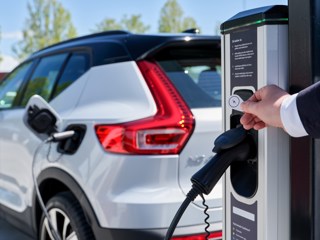











Login to comment
Comments
No comments have been made yet.